Please note: This article contains affiliate links.
Today Skylum has started taking pre-orders for the upcoming Aurora HDR 2019 (release date scheduled for October 4, 2018). They also have a pre-order special with a lot of added bonuses, including presets, LUTs, an eBook, a 3+month free 500px Pro membership, and more.
Price = $99.00
Save $10 with the code NICOLESY
Here are the some of the new and improved features of Aurora HDR 2019:
- Improved tone mapping: Quantum HDR Engine™
- New HDR Enhance panel with Smart Structure (Replaces the previous HDR Structure panel)
- Improved Adjustable Gradient filter
- Presets are now called Looks
Improved Tone Mapping
The biggest improvement to this version is its Quantum HDR Engine™ tone-mapping ability; in other words, as soon as you merge your photos and open them up into Aurora HDR 2019—even before making any adjustments—the image has more detail and looks much more realistic, giving it a great starting point for editing the photo.
Below are some comparisons using my own photos showing tone mapping using the previous version (Aurora HDR 2018) and the updated version (Aurora HDR 2019). These images have only been tone-mapped and have no other adjustments added to them in Aurora.














HDR Smart Structure
In previous versions the HDR, the HDR Structure panel allowed you to intensify the textured areas in a photo. Now, that panel has been improved and is now called the HDR Enhance panel. The settings in this panel are similar but now include an HDR Smart Structure slider that automatically adjusts the details, structure, and sharpness in a photograph.
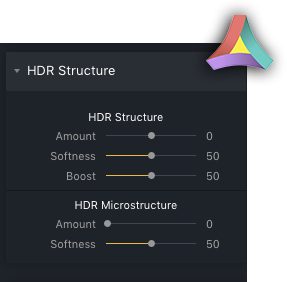
Aurora HDR 2018
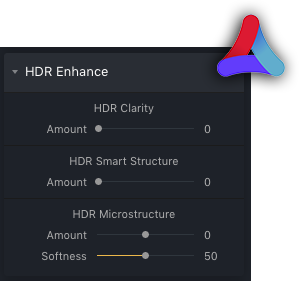
Aurora HDR 2019
Improved Adjustable Gradient Filter
The Top & Bottom Toning panel from previous versions has been replaced with an Adjustable Gradient panel, with more control over the shadows and highlights in those areas.
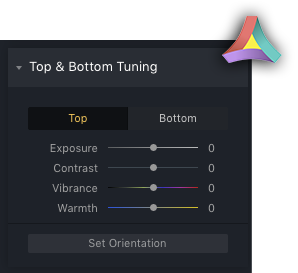
Aurora HDR 2018
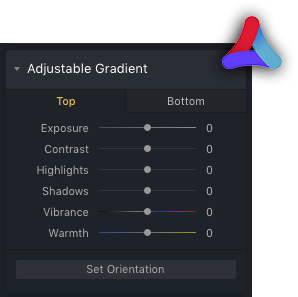
Aurora HDR 2019
New “Looks” Section
The “Presets” section in previous versions has now been update do be called “Looks”, and they’ve also updated the defaulted preset packs as well.
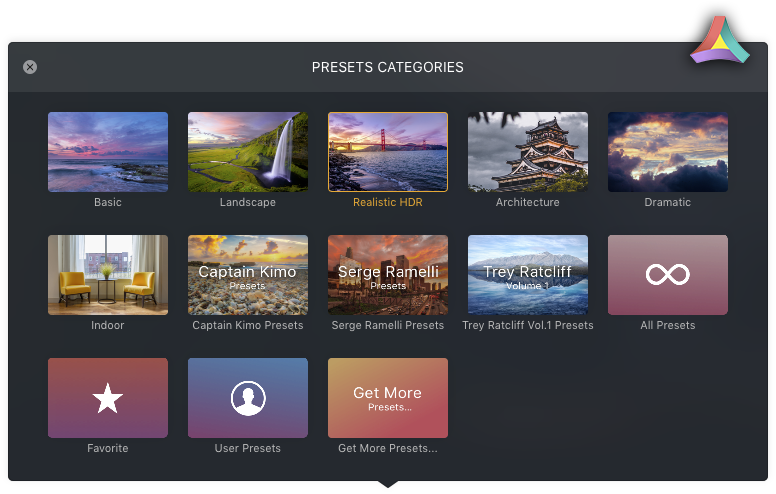
Aurora HDR 2018
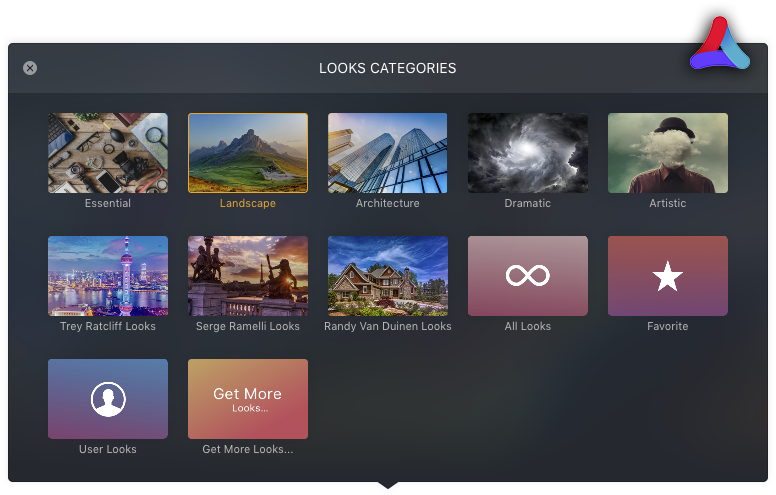
Aurora HDR 2019
Before and After Images
Here are some of my before-and-after images that have been fully processed and edited using Aurora HDR 2019:






Please note: This article contains affiliate links.
Today Skylum has started taking pre-orders for the upcoming Aurora HDR 2019 (release date scheduled for October 4, 2018). They also have a pre-order special with a lot of added bonuses, including presets, LUTs, an eBook, a 3+month free 500px Pro membership, and more.
Price = $99.00
Save $10 with the code NICOLESY
Here are the some of the new and improved features of Aurora HDR 2019:
- Improved tone mapping: Quantum HDR Engine™
- New HDR Enhance panel with Smart Structure (Replaces the previous HDR Structure panel)
- Improved Adjustable Gradient filter
- Presets are now called Looks
Improved Tone Mapping
The biggest improvement to this version is its Quantum HDR Engine™ tone-mapping ability; in other words, as soon as you merge your photos and open them up into Aurora HDR 2019—even before making any adjustments—the image has more detail and looks much more realistic, giving it a great starting point for editing the photo.
Below are some comparisons using my own photos showing tone mapping using the previous version (Aurora HDR 2018) and the updated version (Aurora HDR 2019). These images have only been tone-mapped and have no other adjustments added to them in Aurora.














HDR Smart Structure
In previous versions the HDR, the HDR Structure panel allowed you to intensify the textured areas in a photo. Now, that panel has been improved and is now called the HDR Enhance panel. The settings in this panel are similar but now include an HDR Smart Structure slider that automatically adjusts the details, structure, and sharpness in a photograph.

Aurora HDR 2018

Aurora HDR 2019
Improved Adjustable Gradient Filter
The Top & Bottom Toning panel from previous versions has been replaced with an Adjustable Gradient panel, with more control over the shadows and highlights in those areas.

Aurora HDR 2018

Aurora HDR 2019
New “Looks” Section
The “Presets” section in previous versions has now been update do be called “Looks”, and they’ve also updated the defaulted preset packs as well.

Aurora HDR 2018

Aurora HDR 2019
Before and After Images
Here are some of my before-and-after images that have been fully processed and edited using Aurora HDR 2019:







Nicole is a photographer, published author, and educator specializing in Lightroom, Photoshop, and photography. She is best known for her books on food photography but is widely versed in various photographic genres, including landscape, nature, stock, travel, and experimental imagery.

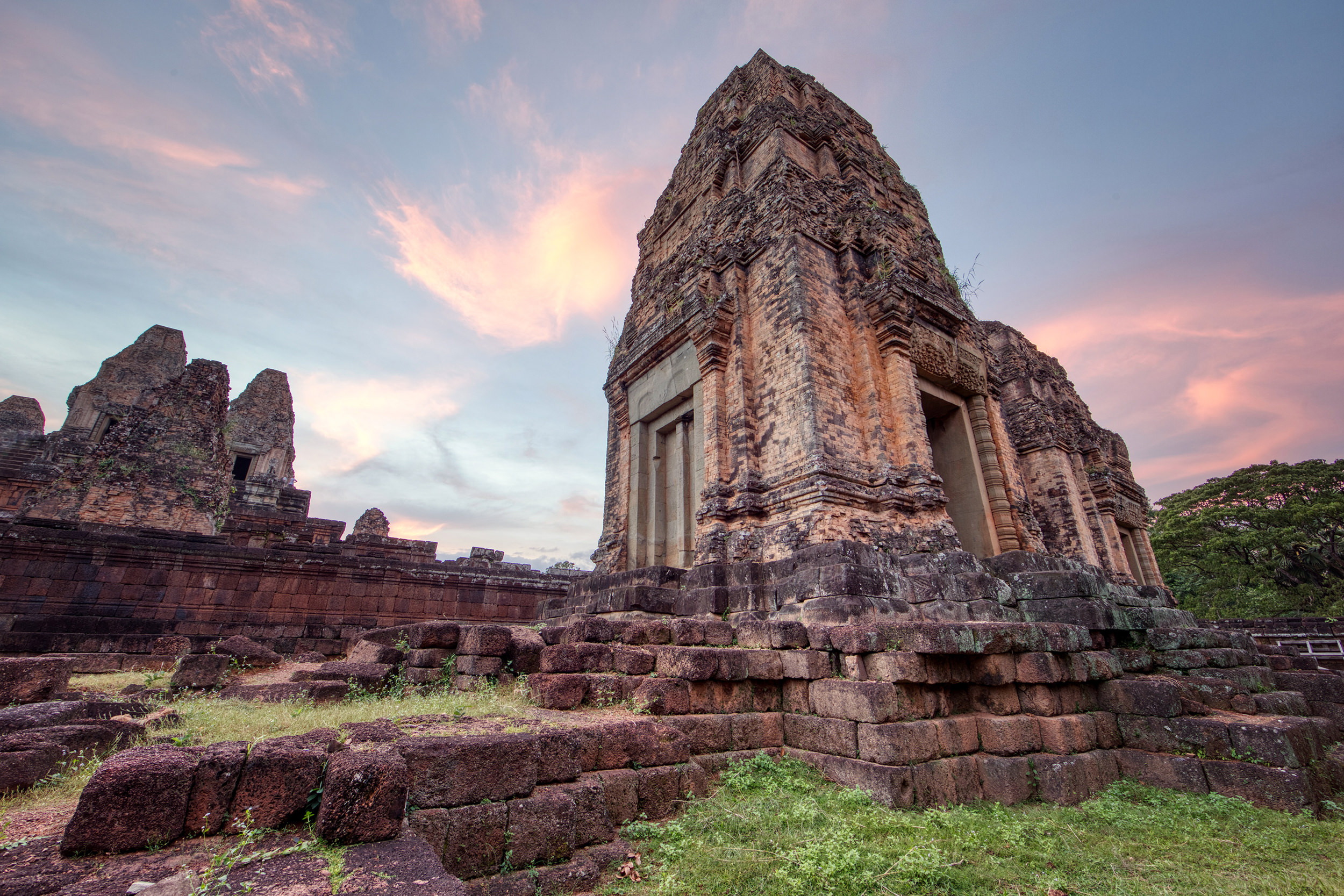

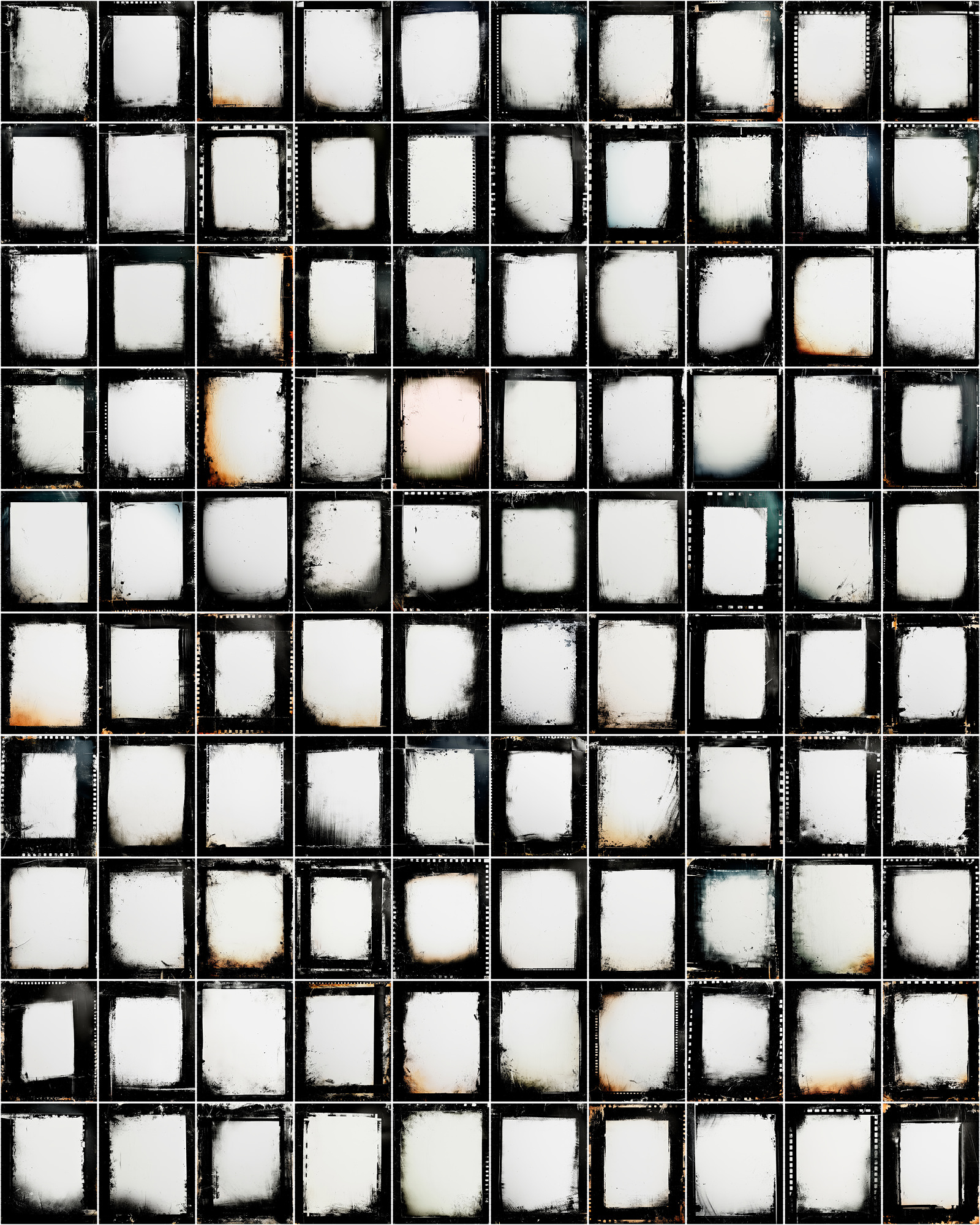
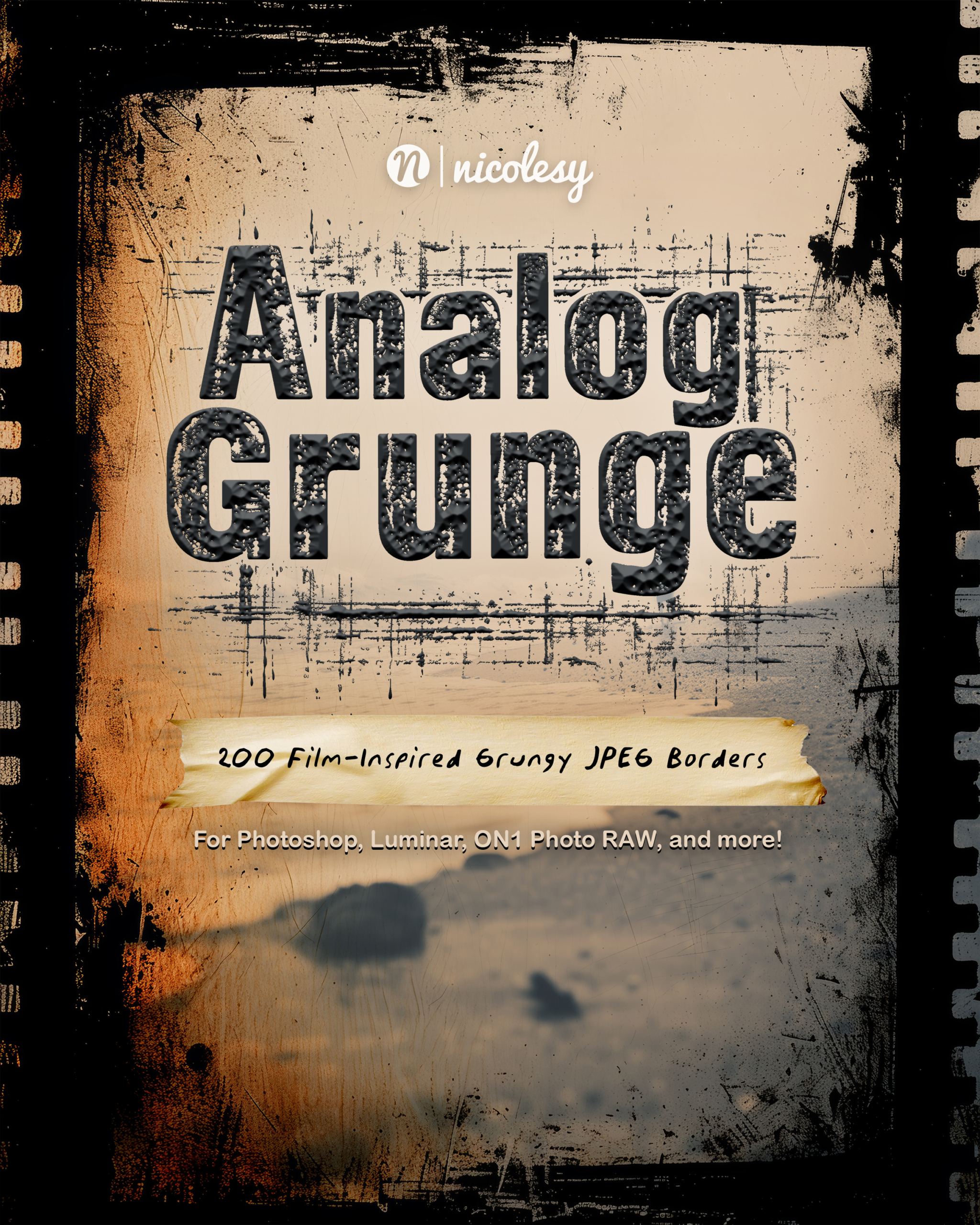
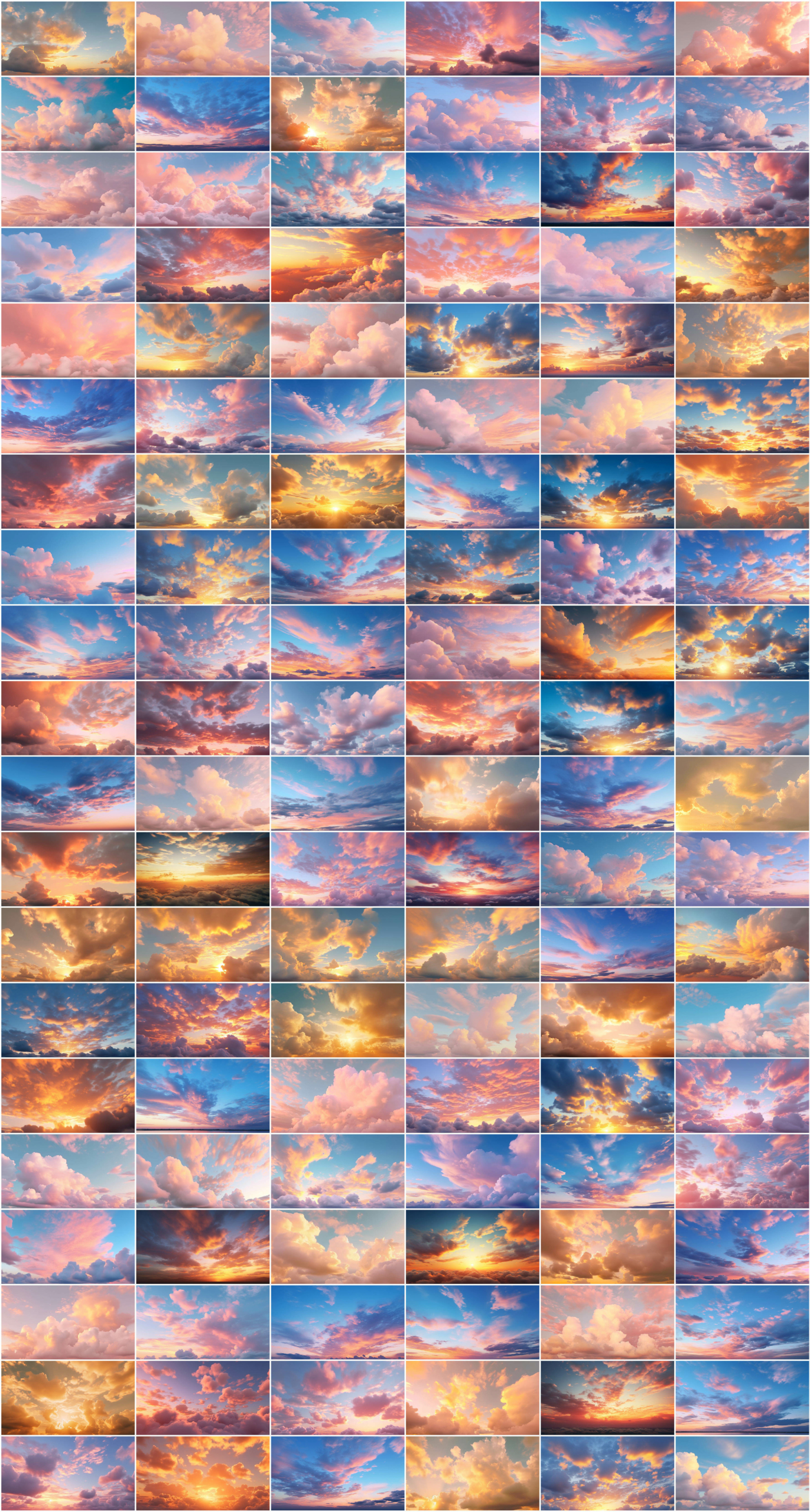
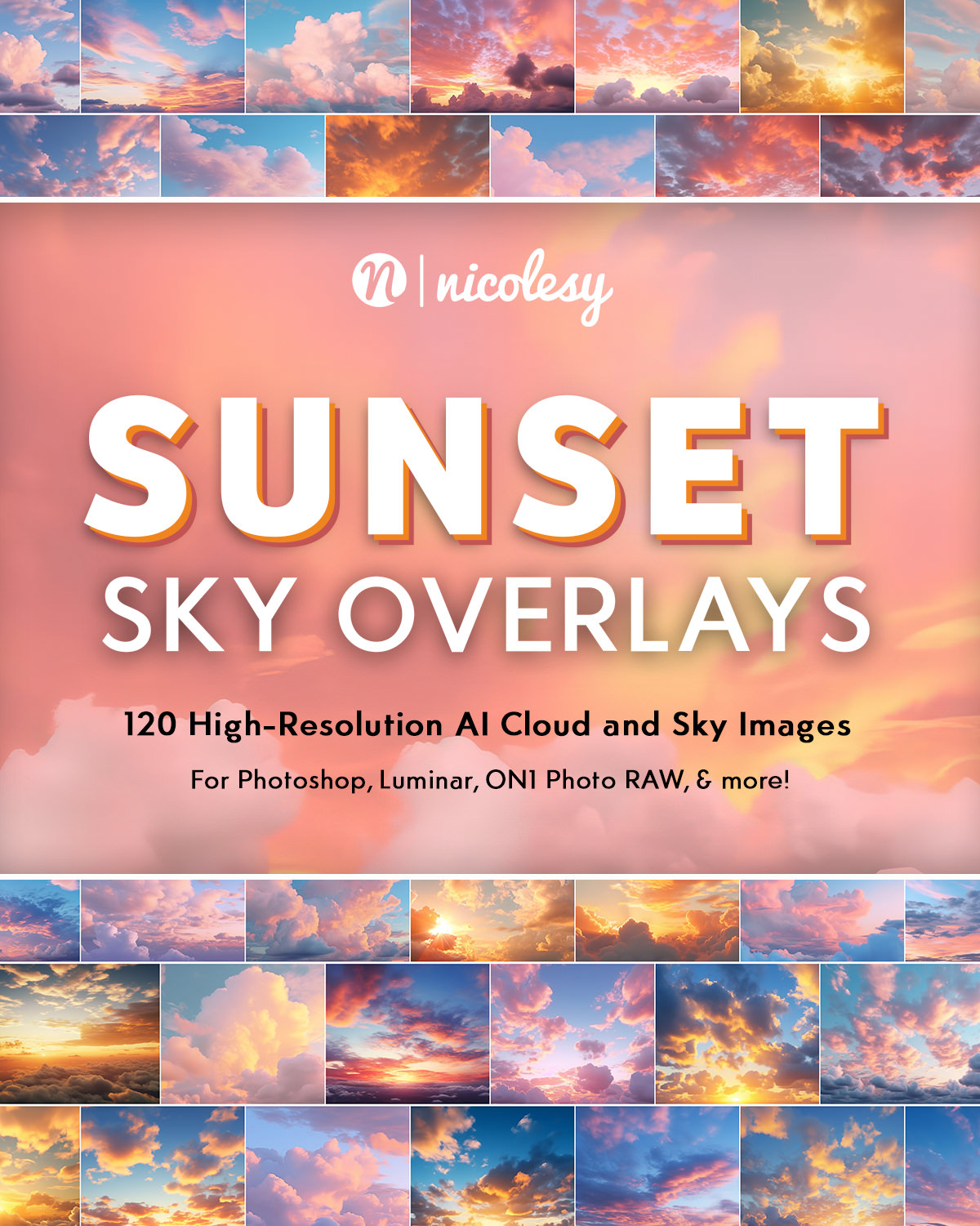

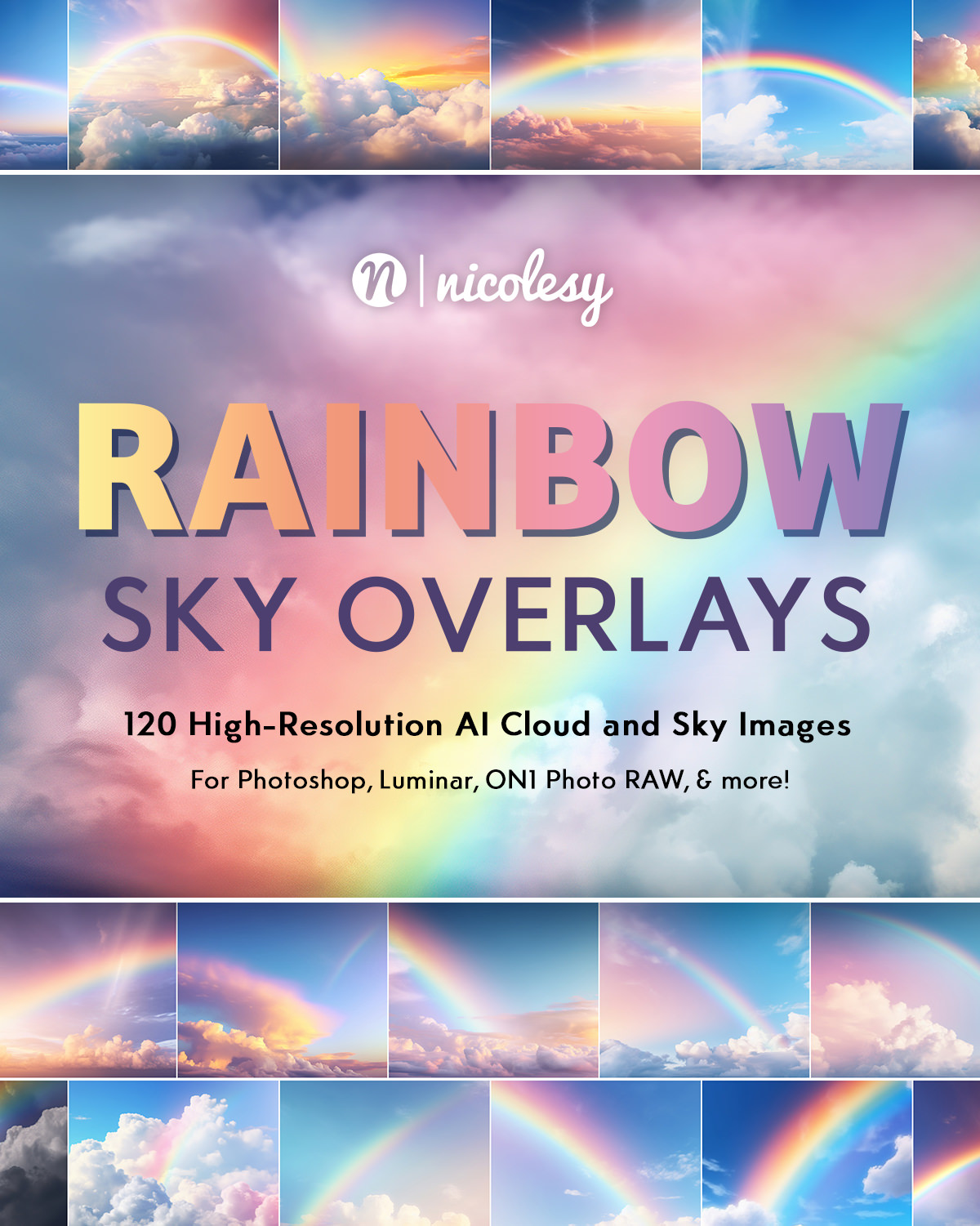
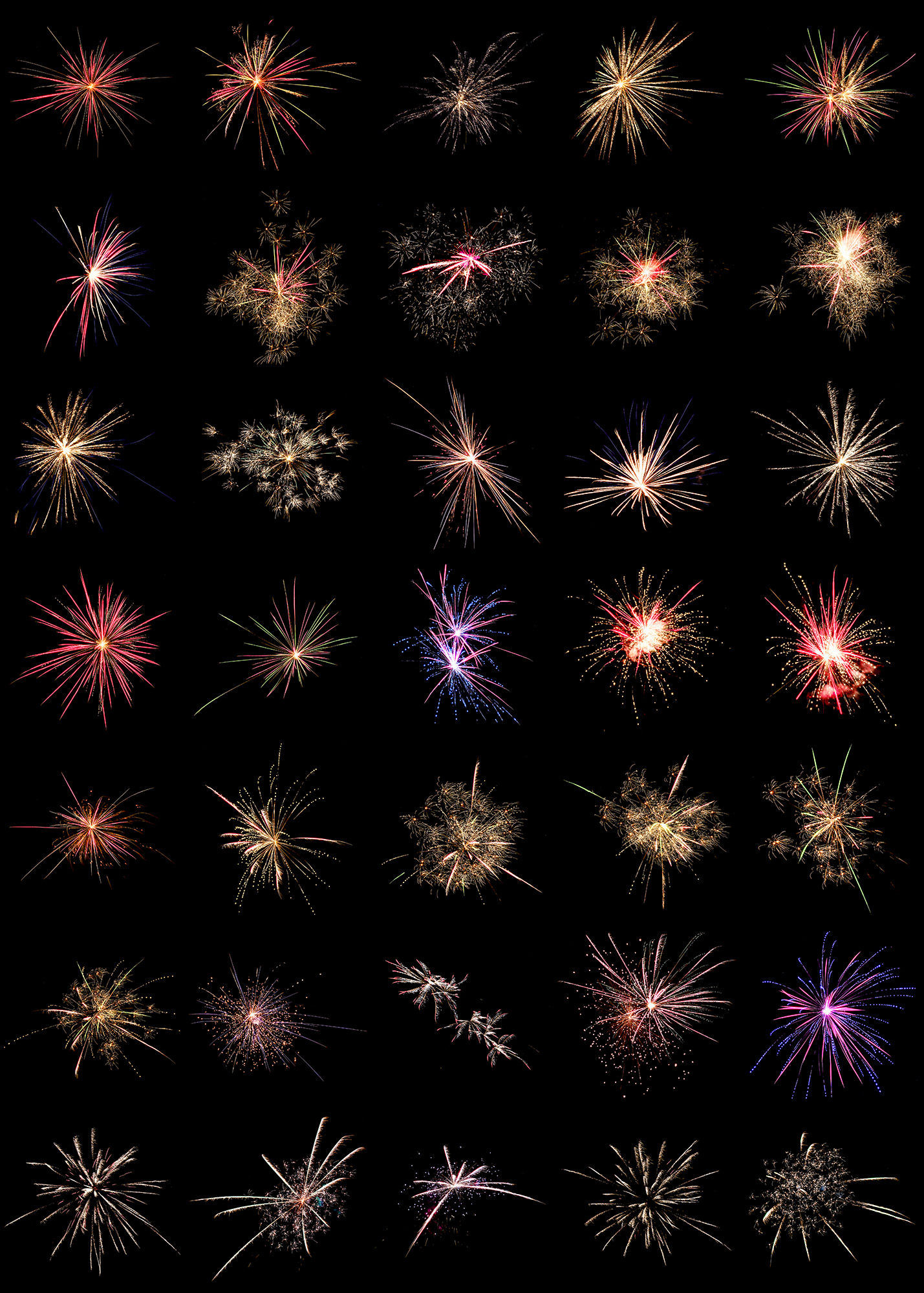
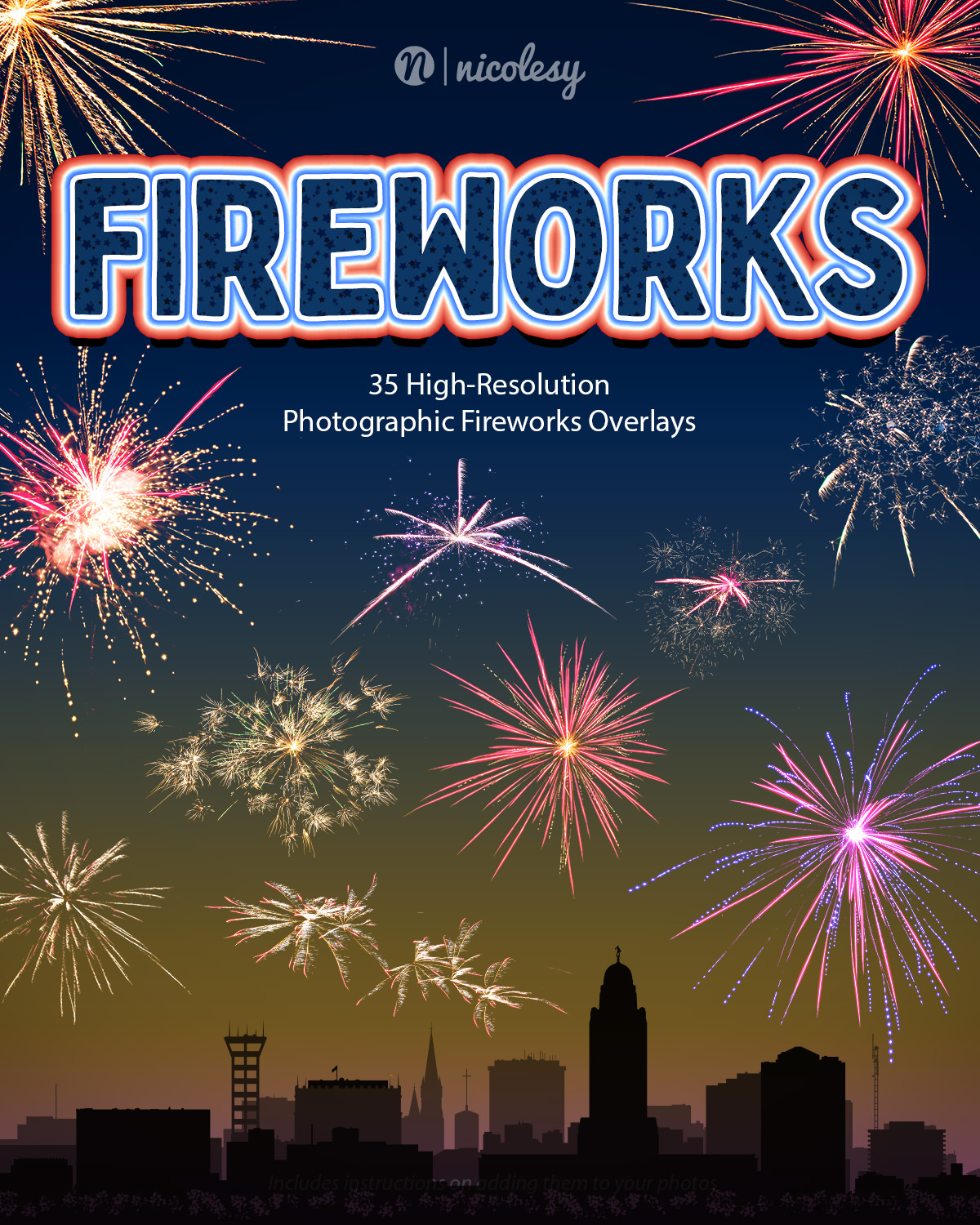
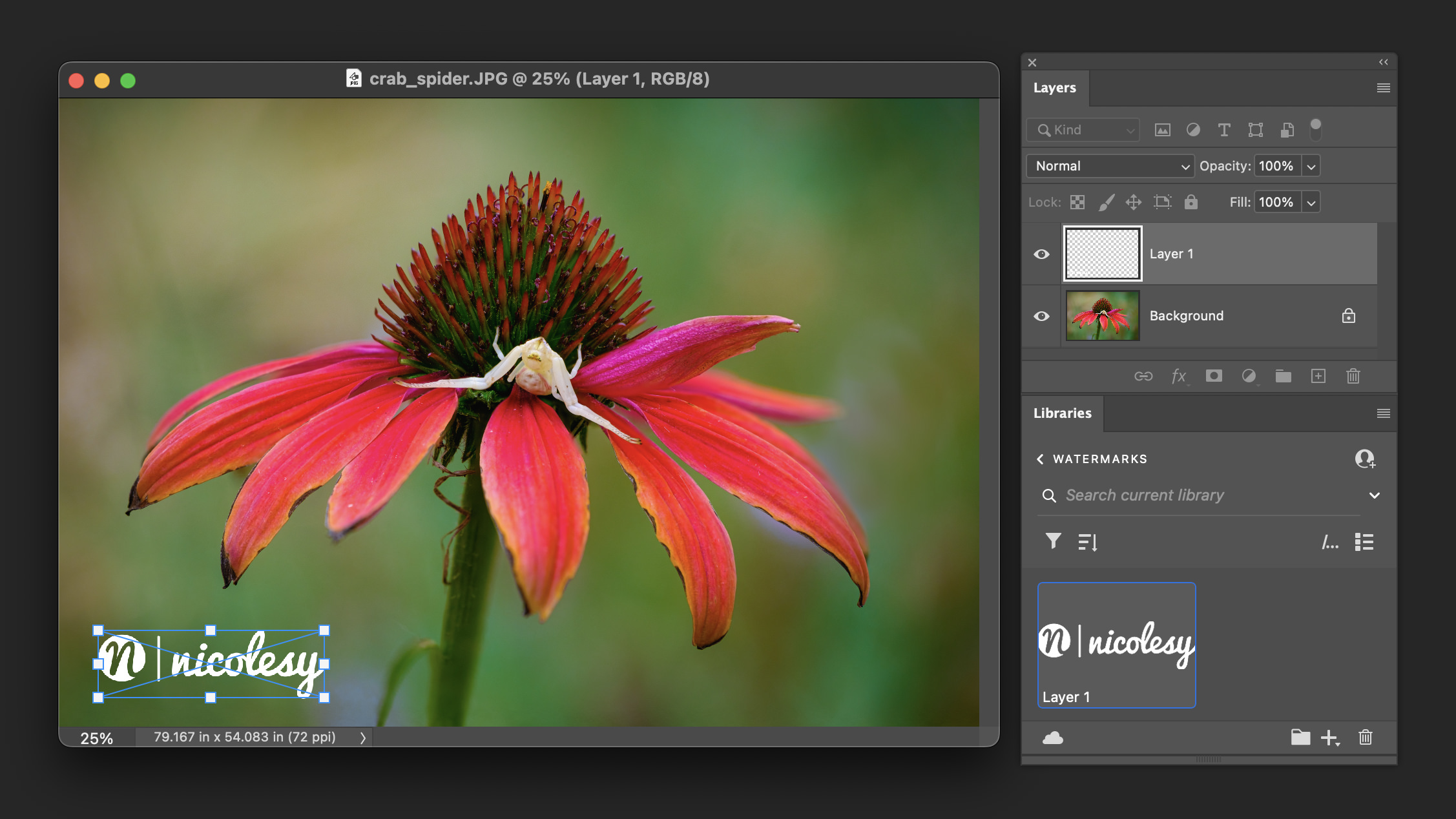
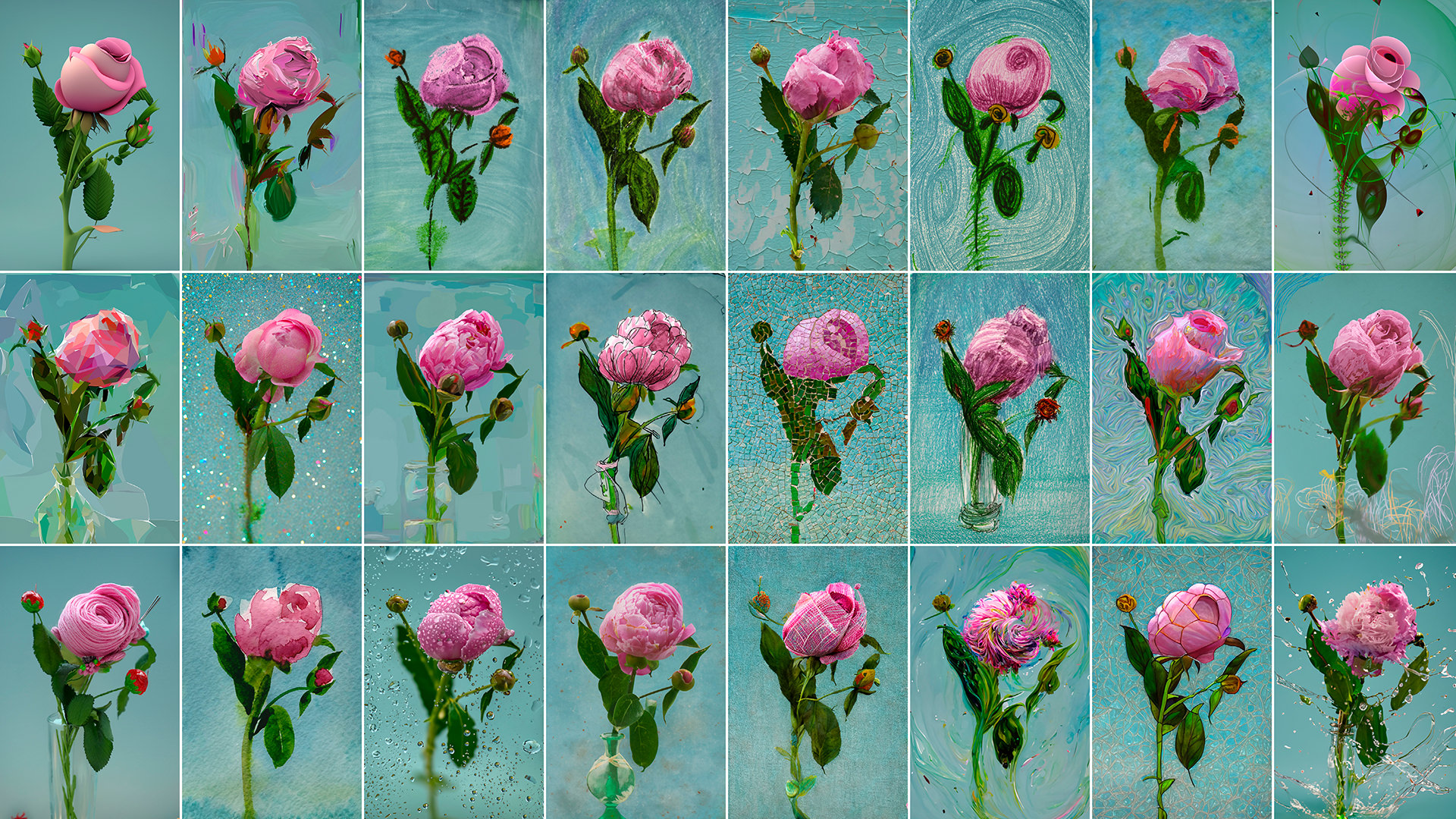
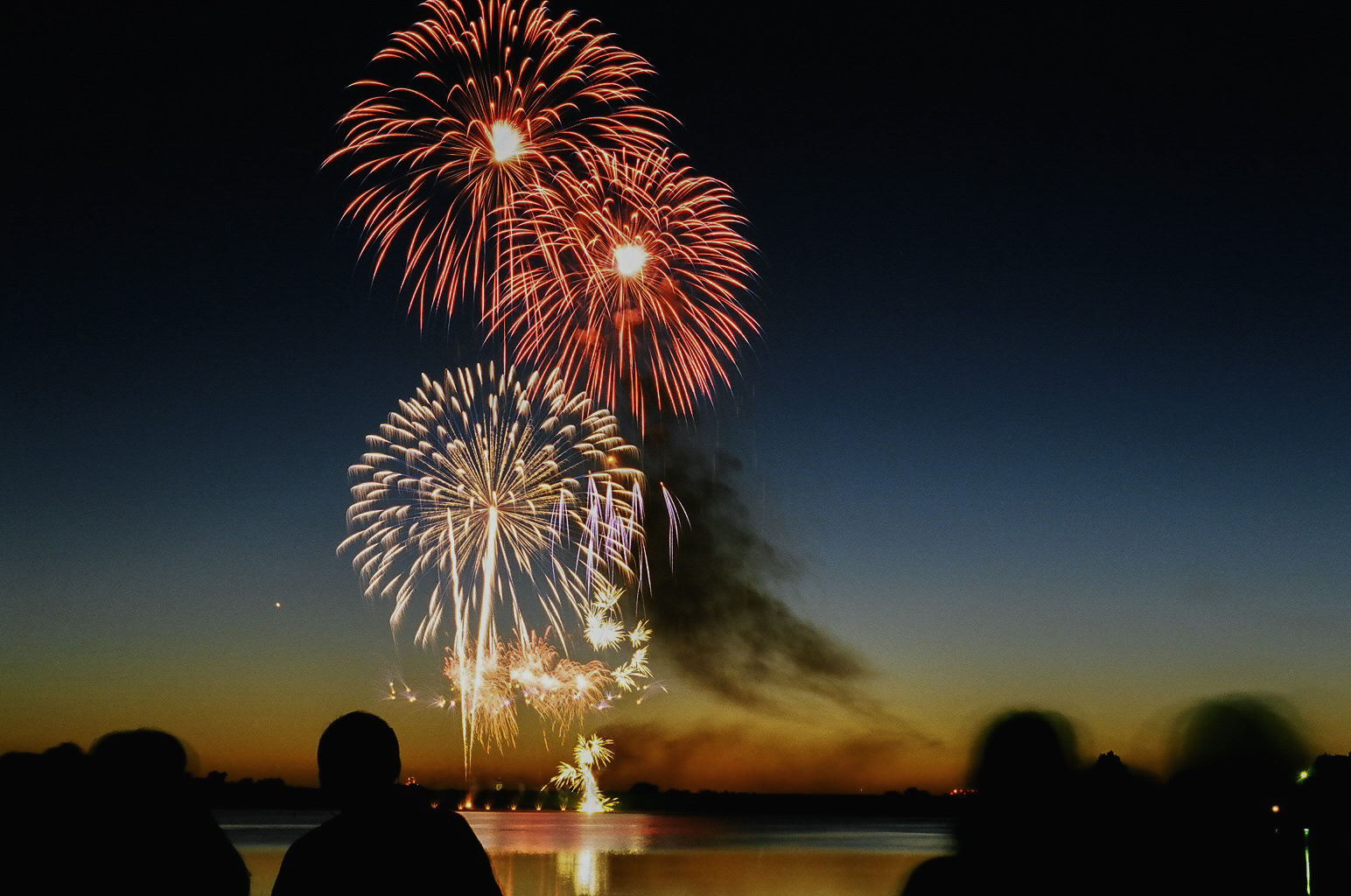
Actually I think a lot of the Aurora 2018 images look better them the 2019 version, although with a little more post processing they could be the same. Don’t see a lot of reason from these samples to upgrade.
Those photos are tone-mapped only, so I didn’t go through the full process of editing the photos (the ones at the top). Aurora has always tended more towards a very over-cooked HDR (not something I like to create), but with my tests I feel like the 2019 version does a better job of allowing the photo to be processed more naturally. Of course, it will depend on the image and the brackets that are created.
I do agree that it’s not a huge list of new features for the upgrade, but they have improved one of the main features of this software.
Exactly my thought…
Thank you. Good review of a program (2018) I use a lot.
Please forgive my somewhat elementary question, but does Aurora 2019 function as a Photoshop (CC) plugin? And/or does it work standalone, or with Skylum? Thanks in advance.
Yes, it works both as a Photoshop plugin and standalone.
First off please let me say that I respect your work Nicole and and your sincere commitment to value-adding the photo creation process. On the subject of Skylum however, you must pause to honestly acknowledge their growing reputation among the community. Still failing to deliver on their deal-greasing promise of a DAM as well as the significant lack of parity between Mac and PC versions of their products, Skylum have much to do to be considered an honorable and trust-worthy company. Charging 2018 Aurora HDR owners yet another $49 to upgrade to the 2019 version with such outstanding disparity between Mac and PC versions alone is nothing less than a money-grab in the opinion of many who tried abandoning the subscription-based Adobe alternative. And on that subject, Skylum boasted their non-subscription based products to lure over faithful Adobe customers only to hit their newly-converted customers up with an annual upgrade that is over 60% of the cost of a new product! (Early-adopter offers notwithstanding). It takes not a math genius to compare what product enhancements Adobe have delivered to their customers in the last 12-months to what Skylum has delivered. The ongoing disparity between Mac and PC versions of both Aurora HDR and Luminar alone, seriously call into question Skylum’s value proposition and perhaps more importantly, their integrity. Of course, your relationship with Skylum is a bread-winner and nobody can blame you for that. It is my hope however, that you carefully consider how easily your personal reputation can be sullied when backing a company like Skylum (I know that you have personally taken some heat from your supporters over the last year for Skylum transgressions). To date, I consider highly your value proposition and have recommended many a colleague that they take a look at your offerings. Out of a sincere appreciation and respect for what you do, I am taking the extraordinary step of writing you out of a sincere concern. (As a consultant system engineer of over 30-years experience working for multi-nationals, I’ve come across software houses just like Skylum many-a-time, and I will always steer my clients away from such customer treachery; even in the face of a superior product!)
Hi Skye, I appreciate your concern and thank you for the message. My relationship with Skylum is as a very basic affiliate (and I sometimes get previews of upcoming products) but I have no loyalty to the product or company, just as they do not have any towards me (as you know I teach a variety of software). And, to be honest, I try not to get into the politics too much and only approach the software from a usage perspective.
I know that there are a lot of photographers who are looking for alternatives to Adobe, so I try to provide training and news related to those products while also teaching Lightroom and Photoshop. However, my number one priority is—and will always be—my followers and customers, and I don’t go out of my way to please other companies to help their cause. In fact, some companies have distanced themselves from me because I don’t want to be exclusive and only teach one type of software, but doing that would not be fair or honest to my audience.
Strange comparisons – the 2018 images don’t look very HDR at all and could have been better processed in a normal RAW convertor; several of the 2019 ones look over-cooked. In general the landscapes look to be a slight improvement but also seem to have more contrast, so I wonder if the processing workflow is comparable. For the rest, meh. I wonder if there is an opacity slider to tone down the HDR Looks?
You’e seeing the tone-mapped version of photos from several different brackets. I personally think it’s an improvement and allows for a more natural edit in the end. And yes, in general, Aurora tends to over-cook their HDR conversions.
Add a little exposure to the picture and I do not see where there would be any difference between 2018 and 2019
I am an Aurora 2018 user. I have no interest in upgrading to 2019. I have lost all faith in Skylum with their poor business model (continued disparity between PC and MAC versions, delay after delay on the DAM release, charging for this Aurora upgrade with so few new features, etc.) Skye Naylor’s post above is very truthful and well written. I have stopped using Luminar 2018. Your and other Skylum ambassadors pushing of their broken products is disheartening.
Hi Bob, thank you for your comment. FWIW, I’m not an “ambassador” to Skylum, that’s very different than being a basic affiliate. My goal with this article is to inform on updates to products I have previously shared with my audience, but not to try and drive or push a sale (this post is categorized under “News & Updates”). And I do see your perspective; both Luminar and Aurora are still fairly new applications in the photography world and have some room to grow. Trust me, I have many of the same frustrations you do.
My job is to serve my audience, not software companies, so I assure you I’ll go down the right path either way.
I somewhat have to agree with Skye, although I wouldn’t use language like “money grab”. They (and ON1) advertise their model as being an alternative to Adobe’s forced subscription model, but then they require such frequent paid upgrades that we end up paying as much and as often as Adobe, but if you use Photoshop much, Adobe’s has to be considered a better bargain as no one yet matches everything the combo of LR and Ps can do. I want to see ON1 and Skylum succeed, because monopolies don’t serve the community very well, but there are companies like Perfectly Clear and Topaz that give you quite a few free upgrades before making you pay again. ON1 gives you a few. Skylum doesn’t seem to give you any. Within a few months of buying their product, I am charged for another upgrade. Glad to see you back in Portland. Sorry Nebraska didn’t work out.
Very well said. While Adobe does require a subscription to use the products, it really is a bargain in comparison. I think it’s great to have other alternatives, but it’s tough to rival Photoshop in regards to capability and features.
I am using aurora 2018 and I believe that this platform is sufficient for all my work ,depends on bracketing and light when shots were taken.from my experience Nicole cares about her followers and is teaching different platforms such as on one raw and it is a pleasure to follow her with simple and concise explanations much better than other teachers that I tried before
I think, if there was ever a company that sold the photographic community a bill of goods, it’s On1. The weirdest piecemeal rollout of any software product I have seen. For various reasons, some unknown, nothing On1 has ever developed has worked satisfactorily for me on my Mac OS platform. I’ve listened to all their hype and wanted it to work but it has never lived up to all the promises. Maybe my demands are less than others but I find much to like about Skylum, both in Luminar and Aurora HDR. BUT, I will give up on both if they don’t come up with a DAM component pretty damn soon!
Skylum has already said that Aurora will not have a DAM. The only way to get DAM in Aurora will be to use it as a plug-in to Luminar. What do you think of that?
I think he’s referring to Luminar. My guess (and keep in mind that I only know as much as you do about the upcoming DAM) is that it will allow for “plugins” to access Aurora/Luminar. It would be silly for them to create something that was not compatible with their two main products.
Aurora 2019 – still suto sharpening like Aurora 2018?
I have a silly question – probably…. What is DAM and what for is it used?
Ursula – DAM is the acronym for Digital Asset Management, in other words a system for organizing, categorizing, and labeling your images within the editing program itself. Lightroom is probably the best example of a program that allows this, along with its editing features.
Hallo,
I have all suites (nik, skylum, dxo, on1, topaz) and i spend most of the time in lightroom.
just a pity lightroom doesn’t have a content aware eraser and a local HSL.
I find normal to pay update to help companies to survive and make a good job.
Adobe has produced some tools this year but frankly nothing genius like AI,… and how many years did we wait for some tools in lightroom
which foced people to go to ON1… ?
i am on PC. I am fan of sylver efex pro2 and viveza. Upoints remain for me a revolution for selection. i was waiting for tonality for PC and skylum considers the b&w filter in luminar is enough. it is too simple !
there is no zone system. the luminosity masks are really poor in skylum compared to greg benz lumenzia or even ON1 with two sliders.
A pity that ON1 is so slow on my pc and browse doesn’t allow to launch photoshop,… (send to is buggy, looks inside layers) because ON1 is really an amazing soft.
finally i use luminar only for sunrays.
i use aurora from time to time but lightroom in my case is often enough.
a pity aurora is not included in luminar to avoid chosing between two softs.
best regards
marc
I find the rendering in the skies and water of the 2018 version much better, more natural and less “HDR”, than in this new engine.
And, like Skye, I find that Skylum has made a big marketing error by charging an update as expensive as the original version while the PC’ version is not yet at the same level as the Mac version.
I’m not sure about upgrading
Thank you Nicole for this informations and for all the work you do!
Hallo Patrick,
I am on PC.
Is Aurora for PC so different than on MAC ?
It was clearly detailed for Luminar at the start of PC version with “coming soon” texts on each feature.
Note :
49usd is peanuts to pay engineers working daily on improvements. if, like google did for Nik, you have everything for free, products will stop.
Look DXO. should we use their software and nik updates, they have financial problems.
lightroom updates for nothing new was 110 euros yearly before CC came with photography plan 12 euros/month
best regards
marc
Hi Nicole ????????♂️. I’ve also read that halo-ing and noise are FAR improved (cf: 2018 version) in the new version. Please do you have any further details on this (or visual examples)? Many thanks ????????
Having to pay for each upgrade is a-kin to a subscription service by the ‘back-door’. I am sad Skylum feel they have to use this marketing model, especially as Aurora seems (currently) to upgrade without further money being paid.
Whoops – I meant Luminar, of course !!!!!
Yes, this is true. For photographers who upgrade their non-Adobe software every year, they are still paying nearly as much (or more) than if they paid for the Adobe subscription model.
If you rely on batch processing, look elsewhere, at least for now. I Just downloaded and tried 2019 in hopes that the batch processing may have improved from 2018, but it almost seems worse… of course, this would be a non-issue if we could bypass the auto-grouping and specify batches by multiples instead, or at least have the option to adjust/modify the auto “grouping”…
I’m shooting with a D750 and a D600, both in aperture priority, auto bracketing 3 frames at 2 stops apart.
For example, I tried to test batch a job with 282 images; in Oloneo and Photomatix, this yielded the expected 94 hdr images (282/3=94). However, in Aurora 2019, it yielded 50. Not only did some images not get “grouped”, some groups contained 2, 3, 6, 8 and 9 images!
Obviously, this is unacceptable, so I’m not really seeing the point of the batch feature in its current state, unless I’m missing a setting to specify multiples, or a way to adjust the auto groups… I tried manually dragging the images to their correct groups, which it allowed me to do, but it didn’t change anything, as but the results remained the same.
While the automatic grouping feature is an neat idea, it really doesn’t offer any advantages over the tried and true multiples method, but instead has critical disadvantages.